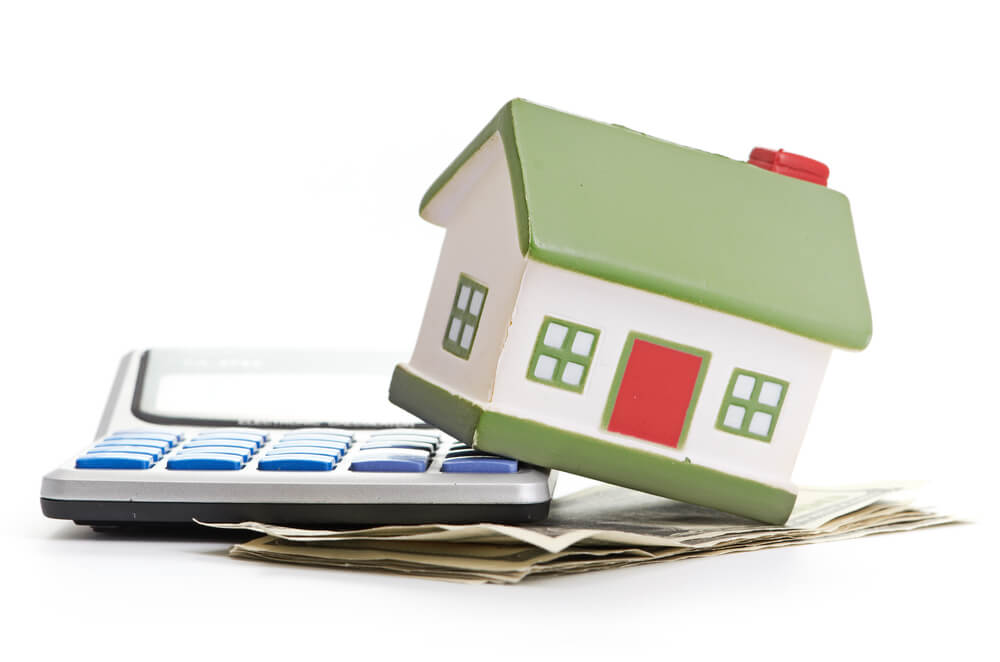Refinance: Rate and Term, Cash Out or Streamline?

Refinance: Rate and Term, Cash Out or Streamline?
Homeowners know there are different reasons to refinance. When asked why someone is refinancing, the most common answer is “lower rates.” While that’s perhaps the most popular reason there are others, too. Homeowners can refinance to lower a rate but they can also refinance to change the term of the loan. If say, someone is five years into a 30 year loan term, they can save on long term interest by refinancing to a shorter term loan, such as 20 or 25 years. Maybe there’s a balloon payment coming up or a loan is getting ready to readjust from a fixed payment to one that can change every six or twelve months. Let’s take a look at some of the different ways homeowners can refinance.
Rate and Term Refinance
The first we partially mentioned, to change the rate or the term of the loan. With this type of refinance, the new loan amount will contain the current payoff balance plus prepaid interest with an option to include some or all of the related closing costs. When refinancing, borrowers can expect many of the original closing costs to return. There will be a credit report, title insurance, lender fees, escrow fees and more. I can provide you with an estimated list of closing costs along with an estimated loan amount, rates and monthly payments.
Referred to as a “rate and term” refinance, the rate, the term or both can be part of the newly refinanced loan. We’ve seen much of this activity as interest rates continue to hover near historic lows. For those that are waiting to squeeze just a little bit more out of prevailing rates, the danger is to the upside. Rates really can’t get all that much lower and the risk having rates to start moving up and not looking back is much greater compared to rates falling further still.
Cash-Out Refinance
Sometimes, homeowners who decide to refinance might also decide to pull out some additional cash at the settlement table. This is called a cash out refinance. The new loan will include the payoff amount, interest, closing costs and some extra cash to go directly to the borrower’s bank account. Mortgage rates are some of the most competitive of any interest rate product today, and taking advantage of these low rates can offset other, more expensive debt. Credit card balances come to mind. A homeowner might have a $300,000 payoff balance including interest, closing costs perhaps another $3,000 and then an additional $10,000 on top of all that to be deposited in the homeowner’s bank account. Cash out refinances are typically limited for most loan programs at 80% of the current market value of the property.
Streamline Refinance
Finally, we turn to the streamline refinance. The “streamline” refinance is so-called due to the lower paperwork required. Government-backed loan programs such as VA, FHA and USDA programs contain a streamline feature. With a streamline, there is no appraisal required. Paycheck stubs and W2 forms are no longer needed and minimum credit score requirements are waived. If you have one of these types of programs, let’s talk first about your options.
A streamline is an excellent choice for those who maybe have some credit dings or hard to prove income since the original loan was first funded. There are some requirements for streamline loans such as no cash out and a good payment history on the existing mortgage. For example, the VA streamline asks for no more than one payment made within the previous 12 months registered as more than 30 days late and no such late payments within the past six months. If your loan is streamline eligible, it’s probably your best option. Rates are competitive and the new loan costs less to obtain compared to a traditional financing model.
What’s Next
Let’s talk about your options to see which type of refinance is best for your situation. We can do this over the phone, I can send some options via email, we can schedule a video conference or we can meet in my office. Before you get too much further into the process, together let’s see which type of program is in your best interest.

